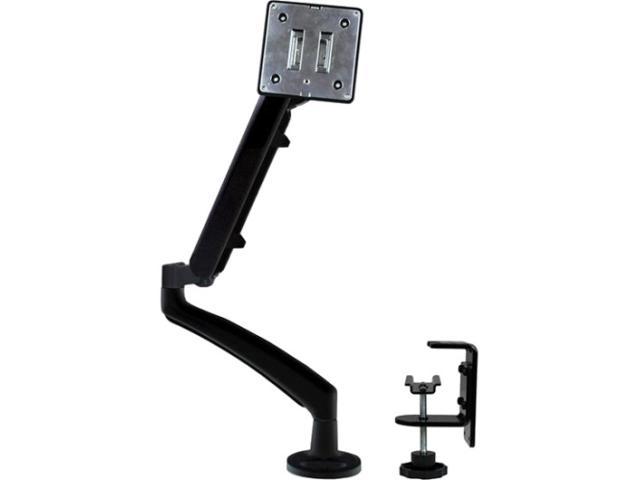To keep drinking water safe involves more than following the letter of the law. This book introduces a comprehensive perspective and a proactive step-by-step approach to maintaining drinking water quality in distribution systems, and aids in delivering verifiably safe and economical water to end users.
This second edition is updated throughout, and reflects the latest processes for improving drinking water quality in water systems and bringing those systems into compliance with the Lead and Copper Rule, the Disinfection By-Products Rule, and the Total Coliform Rule. It also presents the latest techniques for calming discolored water issues, keeping microbiological growth and biofilm formation in check, and preventing the formation of pinhole leaks in copper pipes. The book also aids in determining side effects of treatment chemicals, achieving simultaneous compliance with multiple regulations, and optimizing treatment chemical dosages.
A typical water distribution system is complex and chaotic with varying piping configurations, water flows, chemical reactions, and microbiological activity. It is, therefore, no surprise that monitoring and assessing water quality can be a daunting task.Water Distribution System Monitoring: A Practical Approach for Evaluating Drinking Water Quality simplifies this task by providing the tools for well-defined and measurable control of water quality.















